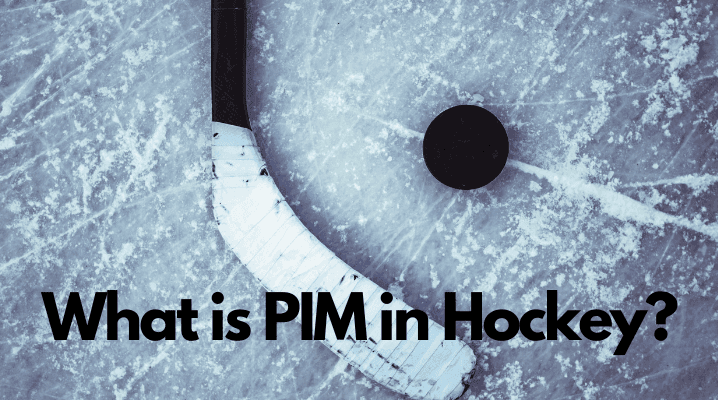PIM in Hockey Stats
If you're new to the exciting world of ice hockey, you may find yourself wondering about some of the terminology used in NHL game statistics. One such term is PIM, or Penalty Infraction Minutes. In simple terms, PIM stands for the total number of minutes that a player has been penalized in a game, season, or career.
PIM: A Measure of Discipline, or Lack Thereof
A player accumulates PIM through various infractions that warrant penalties. Penalty minutes, or PIM, reflect the amount of time a player has spent in the penalty box due to these infractions. It's an interesting stat, as a high PIM can indicate an aggressive or physical player, but it can also suggest a lack of discipline that could disadvantage a team.
Distinguishing Between Penalized and Non-Penalized Infractions
It's important to note the distinction between penalized and non-penalized infractions in hockey. Penalized infractions contribute to a player's PIM, as these are rule violations that result in the player serving time in the penalty box. Non-penalized infractions, on the other hand, do not contribute to a player's PIM, as they do not involve penalties that warrant time in the box. These types of infractions include: offsides, icing, high sticking, delay of game or hand passes.
Understanding the Five Types of Penalties Contributing to PIM
Minor Penalties: 2 Minute Penalty
Minor penalties send a player to the penalty box for a short duration of two minutes. Infractions like hooking, tripping, or holding often result in such penalties. While brief, these penalties provide the opposition a power play opportunity, potentially shifting game dynamics.
Major Penalties: Five Minutes for Serious Violations
For more serious violations such as fighting or harmful play, major penalties come into effect. These require the penalized player to leave the ice for a full five minutes, which can significantly influence the team's performance due to their prolonged absence.
Misconduct Penalties: 10 Minutes on the Bench
Misconduct penalties primarily deal with issues of conduct, often related to unsportsmanlike behaviour. When a player is handed a misconduct penalty, they must sit out for ten minutes. Although this doesn't affect the number of players on the ice, the temporary loss of the penalized player can disrupt team dynamics.
Penalty Shot: No Time Infraction
In hockey, a penalty shot is awarded when a player is tripped or impeded during a clear breakaway opportunity. It allows the penalized player an unimpeded chance to score one-on-one against the opposing goaltender. Penalty shots add excitement and fairness to the game, providing an intense moment where the outcome can heavily impact the game's trajectory.
Match Penalties: The Ultimate Penalty, Potential for Suspension
A match penalty is the most severe penalty in hockey, issued when a player intentionally attempts or inflicts injury on another player. Along with the standard five-minute penalty, the player receives immediate ejection from the game. Another player from the penalized player's team serves the penalty in their place, leaving the team shorthanded for the duration of the penalty.
The Impact of PIM on the Game
Ultimately, PIM serves as an important metric in hockey, giving fans and analysts alike insight into a player's style and level of discipline. While a certain level of physicality and aggression can be beneficial in hockey, excessive PIM can harm a team's chances of success by giving the opposition more power play opportunities. Understanding PIM helps in appreciating the strategic depth and intricacies that make hockey a game of balance – between aggression and restraint, and between risk and reward.
